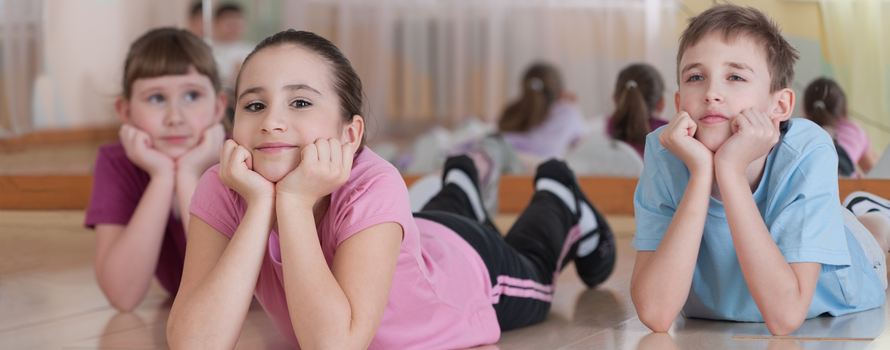What is juvenile arthritis?
Juvenile arthritis (JA) is usually described as an inflammation of one or more joints that lasts for more than three months, and which occurs in children under 16. JA is an umbrella term that covers different forms of arthritis in children.
How common is arthritis in children?
According to Arthritis Ireland, juvenile arthritis affects 1,000 children in Ireland. Both boys and girls are affected by juvenile arthritis. Some forms of childhood arthritis are more common in girls than boys. Most children will lead a full and active life, with proper care to overcome the challenges of JA.
Types of juvenile arthritis:
Oligo-articular JA
Oligo-articular JA is the most common kind of childhood arthritis and affects four or fewer joints in the body. This form of arthritis usually starts in early to late childhood, and usually affects large joints such as the knees, ankles and wrists. The majority of children with this form of arthritis get better and go on to lead healthy and active lives. Eye problems are common with this form of children’s arthritis, and regular checks (three to four times a year) are important.
Polyarticular JA
Polyarticular JA involves five or more joints and affects joints often in a symmetrical fashion. It can start at any age from a few months onwards and spreads from one joint to another quite quickly. Sometimes children with this form of arthritis will be unwell with a slight fever.
Systemic Onset JA (also know as Still’s Disease)
This form of juvenile arthritis begins with systemic symptoms such as a high fever, joint inflammation, a salmon coloured skin rash and enlarged glands. It accounts for 10-20% of all cases of juvenile arthritis. It is a rare, but more severe form of JIA, and affects boys and girls equally.
Causes of juvenile arthritis
The cause of JA is unknown. Genetics and environmental factors may have a role in triggering the disease. With JA, the body’s immune system stops working properly. In a child with juvenile arthritis the immune system attacks healthy tissue. Juvenile arthritis is an autoimmune disease.
Symptoms
As children do not always complain of pain or may be unable to describe the pain they experience, establishing whether they have symptoms can be difficult. The signs will be different in each child.
The most common signs include:
- Swollen, painful and stiff joints, which persist over a period of time.
- Limping first thing in the morning because of an affected knee.
- Swollen lymph nodes, situated in the neck.
- Eye inflammation may occur
- Loss of movement in legs or arms
Diagnosis
Diagnosis is made on the basis of a combination of inflammation and pain history, physical examination and also blood tests and x-rays. Your child is likely to be referred to a rheumatologist for a definite diagnosis. There is a great variation in the symptoms and nature of childhood arthritis.
Treatment
Treatment for children with arthritis is usually similar to that of adults. Children need to be able to lead as full a life as possible. Going to school and participating in activities is important. However, for certain children less demanding activities may be appropriate, while still keeping them involved.
A range of medications are available and your doctor will discuss the most appropriate medications for your child.
A GP may refer a child to an occupational therapist or a physiotherapist for advice on activities to exercise the child’s joints and muscles to minimise long-term damage.
Occasionally a child will require an operation to remedy the tendons of the hip or knee, for example.
What does the future hold?
The future health of the child depends on the pattern of arthritis present, its duration and the degree of damage that has occurred. Usually the prognosis is very good for children where there are just a few joints involved. With appropriate therapy children with all forms of arthritis will usually improve over time.
Even for severe cases, with appropriate medication, proper physical and occupational therapy, or surgery if necessary, a good quality of life is attainable.




